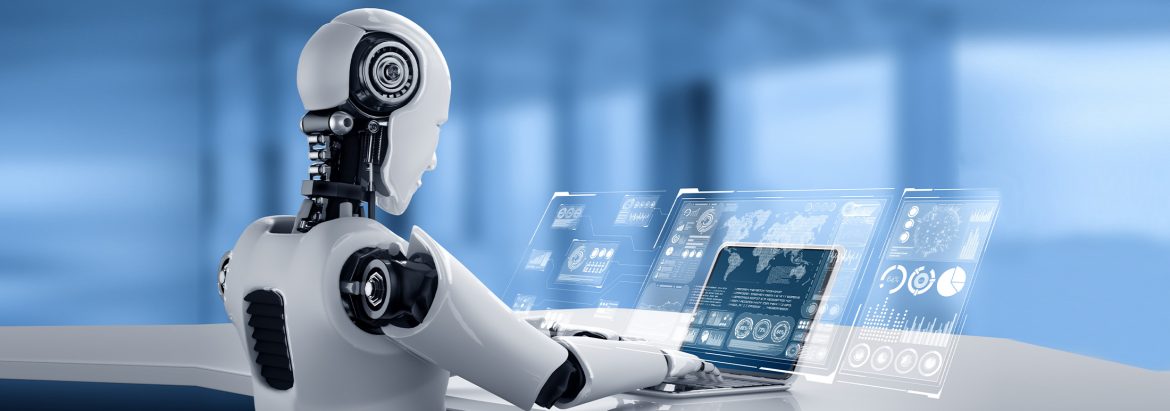
5 Use Cases That Break Down AIOps Capabilities


Due to the increase in organizational data, IT processes are getting more complex. ITOps teams are finding methods that can increase their productivity. The recent COVID-19 pandemic has also added the pressure of managing remote work infrastructure. The rise of new-age technologies like AI and ML has helped ITOps teams to boost their productivity. AIOps (Artificial Intelligence for IT Operations) strategy is being implemented by many organizations to reap benefits. Read on to know about five use cases that break down AIOps capabilities.
There are various software systems in an organization used for providing essential system services. Ill-performing software systems will adversely affect the service availability and ROI (Return on Investment). Let’s find out how AI for application monitoring can help an organization:
Many organizations fix an anomaly in their service applications only when a user reports about it. However, this will have a serious impact on service reliability as you will have to fix anomalies in real-time. Predictive analytics models used by AIOps can help you in predicting future anomalies. AIOps based analytics platforms compare the real-time performance metrics with the historical data to predict anomalies within the IT infrastructure.
AIOps sets predefined performance levels and when the performance of a software system goes below that level, it immediately informs the concerned IT teams. Predictive analytics using AI applications can help you in setting automated alarms on the detection of an anomaly. It will help ITOps teams in fixing anomalies before they leave their impact on the service availability.
AIOps is an AI automated root cause analysis solution that finds the underlying cause of an IT issue/anomaly. How AIOps helps with root cause analysis are as follows:
The IT infrastructure of organizations is increasing due to a higher demand for their services. However, with more software systems, the number of alerts generated for anomalies can be significantly higher. IT teams often find themselves in the middle of numerous alerts for anomalies and can’t decide which one should be solved first.
With AIOps, you can define the range of normalcy and can proactively take steps when an event comes near that range. Real-time user monitoring tools offered by AIOps uses an inference model to select the most impactful alerts from a group of overloaded alerts. With AIOps, you can determine the critical alerts and can solve them first. Critical alerts are those which have the most adverse impact on essential software systems.
With the increasing complexity of IT infrastructure, ensuring security and compliance is a headache for ITOps teams. The top security use cases of AIOps platforms for organizations are as follows:
The global AIOps industry worth will be more than USD 23 billion by the end of 2027. Application performance management solutions powered by AI/ML algorithms can reduce the manual load on your employees. You can handle security issues within your IT infrastructure in real-time via AIOps platforms.
Please complete the form details and a customer success representative will reach out to you shortly to schedule the demo. Thanks for your interest in ZIF!
Notifications